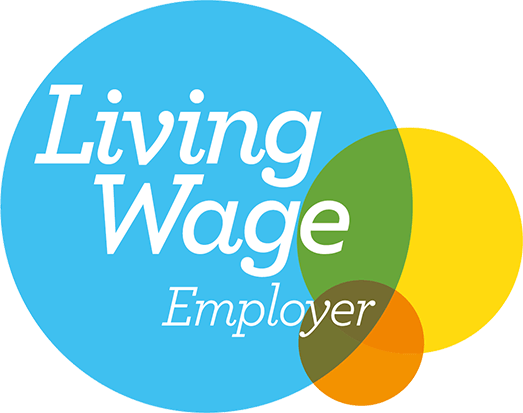News
No 5 Year Housing Land Supply…No Worries…?
10 June 2022
We all know incentives to encourage early Local Plan adoption have struggled to make a meaningful difference before, so let’s see if the Levelling Up and Regeneration Bill can change this!

As most will be aware by now, the recently published Levelling Up and Regeneration Bill sets out the aspiration to scrap the 5 Year Housing Land Supply Assessment (5YHLS) for authorities with recently adopted Local Plans. In the wake of this, we’ve been considering the impacts this may have on day-to-day planning advice we regularly give to our developer/housebuilder clients.
Appraising unallocated sites, be them green belt or not, is common practice for planning consultants. One of the first things we look to establish is whether the local authority can demonstrate a ‘healthy’ 5YHLS. As we all know, without a 5YHLS the presumption in favour of sustainable development kicks in (subject to the application of Framework Policies & Footnotes), and as such our advice can often be much more ‘punchy’ regarding development prospects in the short/medium term.
Of course, it has long since been the way that the promotion of land through the Local Plan for an allocation is the favourable route, and sure, if the Local Plan happens to be at the infantile stages when our client finds land they’re interested in pursuing, then great, let’s get cracking on promoting the land, but what happens now for logical sites when the Council have got a newly adopted Local Plan…?
Well, in reality not very different to what happens now.
Council’s with newly adopted plans have recently had to prove to an Inspector that they can demonstrate a 5YHLS, allocating sufficient land to do so. Therefore, the likelihood is, if the Council have only recently adopted a Local Plan, they have a 5YHLS anyway, so scrapping the need to keep a rolling log for the first few year’s post adoption as this won’t make any material difference to the way we go about identifying development prospects.
However, this means that Inspectors will need to be even more rigorous in the Local Plan examination to ensure the delivery of housing is maintained. The head of planning at Redbridge Council (Brett Leahy) suggested that Councils may need to build a larger buffer into their local plan housing proposals to satisfy an inspector that their housebuilding targets will be met. He also suggested that a 20-25 per cent land buffer above the housebuilding target may become standard.
As such, is this actually good news for developers? More sites will need to be considered for allocation through the Local Plan to give certainty on meeting housing targets over the first few years. However, 5YHLS arguments are at their weakest in any event, and beyond this timeframe, 5YHLS arguments can be used. We also mustn’t forget the Housing Delivery Test allows the presumption to kick in and there’s been no mention of changing that.
What will be lost in terms of the very rare opportunity to undermine a 5YHLS in the immediate years after Local Plan adoption, we hope, will be made up for in the encouragement this will give to Local Authorities to adopt Local Plans in a timely manner. This should mean greater promotion opportunities for our clients…although we all know incentives to encourage early Local Plan adoption have struggled to make a meaningful difference before, so let’s see if the Regeneration Bill can change this!






